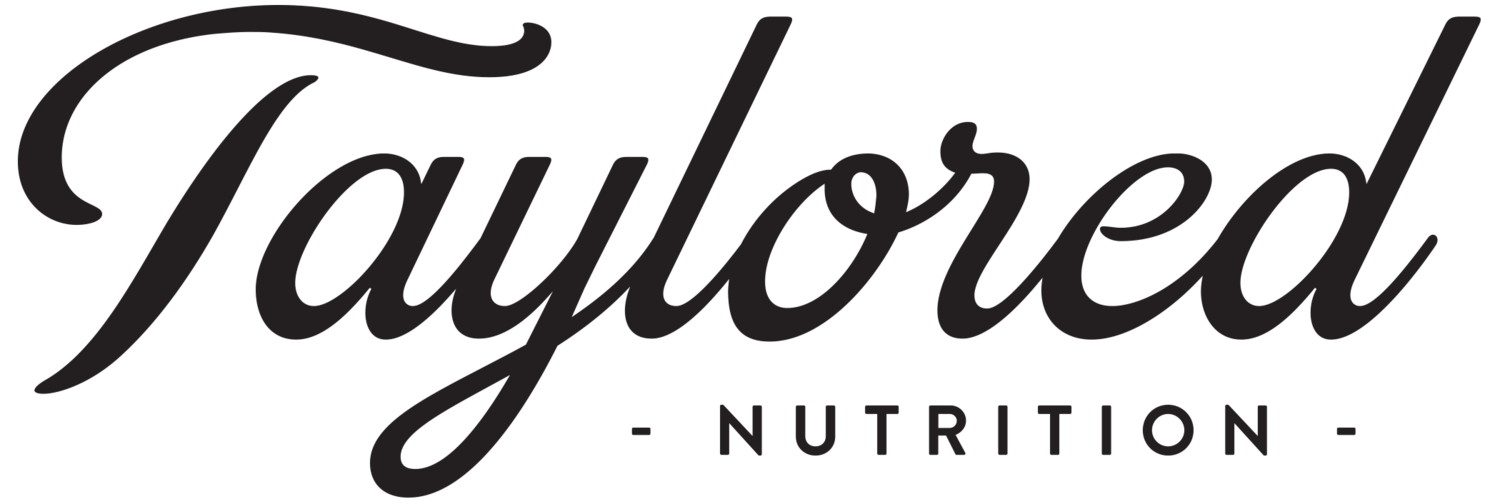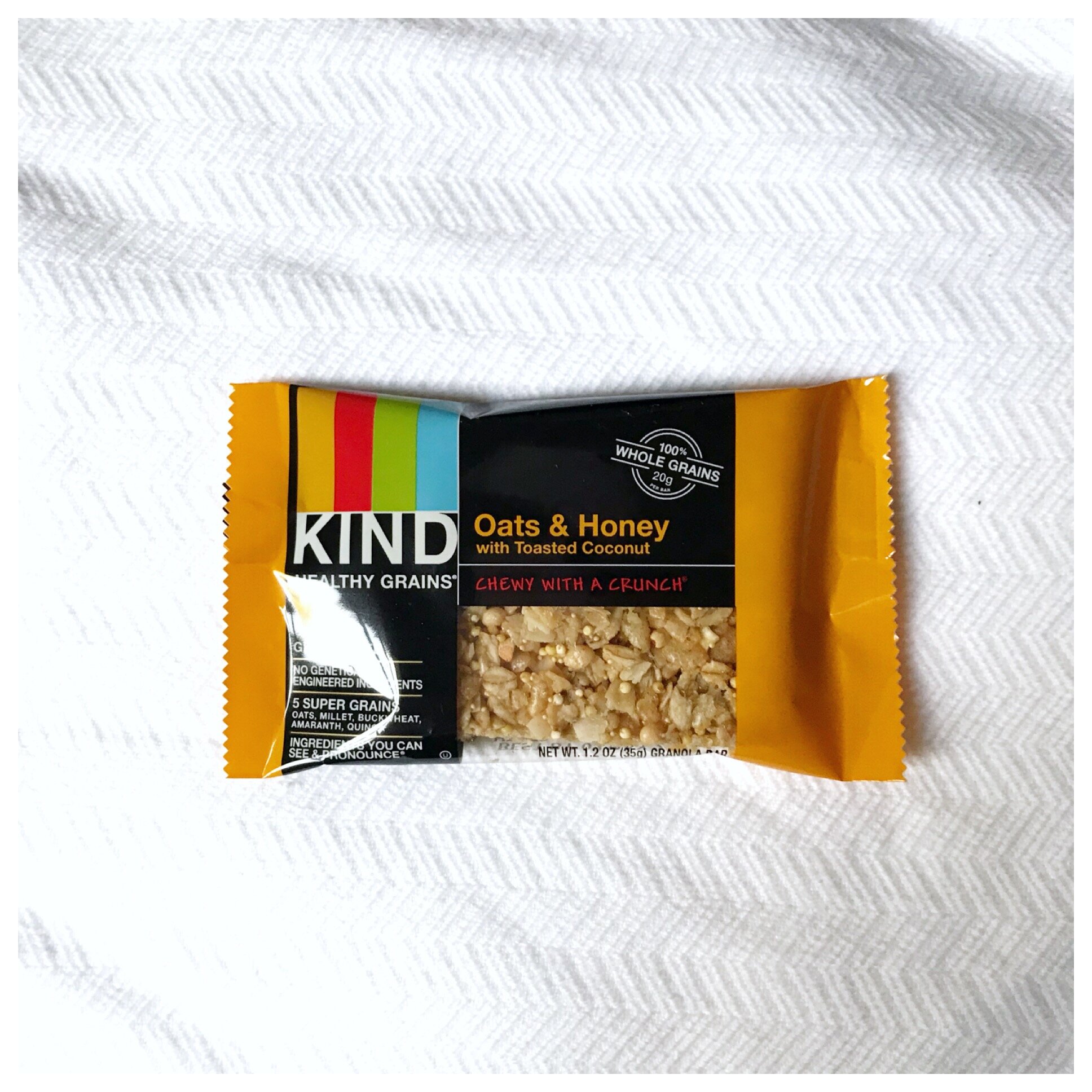Happy New Year, Everyone!
How is your year starting off? For me, in my current season of life, it’s a time to take a breath after a very fun but very hectic December.
I sent out my first newsletter of the year last week (you can sign up here if interested) and thought I would pull my intro message from my newsletter for this first post of the year because it’s a message that I really want people to hear and I know that not everyone who follows or lands on the blog is a newsletter subscriber. So, as we kick off this new year, I share with you what I hope will be one key practice you and especially your athlete keep in mind going into and throughout this next year…..
An excerpt from my Winter 2024 Newsletter…
… I see young athletes in my practice for a variety of reasons. Some have sustained an injury, some have recurring injuries, some are struggling with body image related to their sport and some simply want to learn about sports nutrition so they can make food and fueling decisions on their own to improve their training and performance.
As I thought about this newsletter, I wondered, “if there was one thing I wanted athlete families and athletes to remember throughout this entire year, what would it be?” I reflected on most of the clients I worked with last year and, for our winter newsletter, I quickly landed on this…
If your athlete’s training increases, whether it’s the duration of practices, intensity of practices, or number of practices a week, then his/her intake should increase as well. Let me share a little more…
So many athletes have walked into my office over the last year due to injuries like stress fractures. Many are runners. Some play soccer. Some run and play soccer. Some are dancers. Some are gymnasts.Some play lacrosse. These injuries are not exclusive. Some are new to the sport and quickly take to it and some have been playing since they were six years old. Either scenario, they have recently been ramping up their mileage or hours in the studio or the gym or decided to play for school and club. During our conversation in my initial session I ask my usual questions about training schedule and level, food allergies, recent labs and appetite, specifically if there has been a change in appetite or intake over the last year or so. It’s often a casual conversation revealing no big allergies, altered labs or changes in intake or appetite and we continue on with our discussion.
Now PAUSE for a moment, as the sports dietitian I have already seen a big red flag. Did you see it?
It was the fact that there was no change in appetite or intake over the last year or so. What I would have wanted to hear, was “yes, we’ve seen an increase in his appetite” or “yes, she’s been packing bigger snacks or been snacking more since his training has picked up”. The fact that this adolescent athlete, who already has high energy and nutrient needs for growth and development, is intensely training daily, logging lots of miles or hours in the gym or on the field but without an increase in intake tells me he/she is very likely underfueling and likely has been underfueling for quite some time. And, if you have been following my blogs and social media, you know that underfueling puts an athlete at a high risk of stress fractures (and I’ll be talking more about this on the blog this year).
I share this with you today because I think we can (1) forget to think about our fuel when life gets busier and practices and school pick up and (2) get caught up in macros and micros and “healthy” and “unhealthy”. I know I did as a young adolescent athlete. However, it doesn’t matter what ratio of macros our athlete is getting or how much magnesium, potassium, calcium, etc. our athlete consumes if at the end of each day, day after day, they are at an energy deficit. If they are chronically in an energy deficit at the end of each day then they are still at risk of injuries like stress fractures, among other health concerns or it’s going to be super hard to reach goals for those trying to build muscle / gain weight.
So, this year, let’s help our athletes first and foremost fuel enough to help prevent injury and perform their best! Only when they are fueling enough will specific fueling strategies put in place be most effective.
This is what I intend to help you with this year. Over the next few months I plan to shed some light on underfueling. I saw this a lot in 2023. I saw injuries that could have been prevented if the athlete was optimally fueling. And the thing is, so much of it was unintentional. A lack of awareness of how food needed to change along with the athletes training and involvement in sport. I saw girls get their periods back, I saw runners reach new PR’s, I saw football and soccer players reach weight goals and I saw anxiety and moods improved as athletes learned nutrition fundamentals and built off of this foundational knowledge to improve their fueling. I’m even more passionate about this topic going into 2024 than going into 2023 (and I thought I was pretty passionate about it then). So, I share this with you today and shed a little light on what to expect in the months to come.
Follow along my newsletter (sign up HERE), on my blog, on Instagram (@taylormorrisonRD) or on Facebook (Taylored Nutrition, LLC) where I will continue to share content with you and hopefully create more ease and understanding when it comes to fueling the young athlete. I know fueling can be really hard in different seasons for a variety of different reasons. My goal here at Taylored Nutrition is to guide you and your athlete through some of those difficult scenarios and give you both facts and resources so that your athlete can feel more confident in fueling enough and fueling well through those tough situations and perform his/her best.
There are other big topics I want Taylored Nutrition to cover this year such as: factors around recovery after injury, supplement use in YAs, energy drinks and more. But as we get started, this topic of underfueling (unintentional and intentional) is where I want to start.
Stick with me and I’ll talk to you again soon!
Much love and a well fueled athlete,
Taylor
P.s. -
If you’re looking for direction on where to start when it comes to helping make sure your athlete is fueling well, you can download my FREE Getting Started Guide HERE!
If you’re looking for a little more help and okay spending a bit of money ($30) to start off the new year, I’m excited to announce that I’m hosting our first parent chat of 2024! Our Winter Parent Group Chat will be held virtually on Thursday January 25th at 7:15pm CST! This is a great chance to discuss some basic nutrition info to know for fueling the young athlete with a registered sports dietitian (me) and other parents of young athletes. You can learn more about these by reading this blog here or reading more here. It’s only $30 per person and space is limited to allow for good discussion. If you would like to join us this month to kick of the year, you can REGISTER HERE!
Please don’t hesitate to reach out via email (taylor@taylored-nutrition.com) or send me a DM on Instagram (@taylormorrisonRD). I would love to hear from you!










